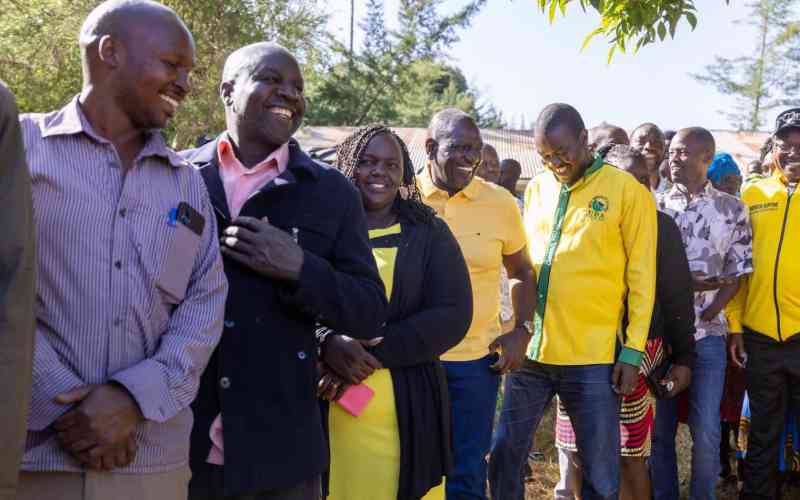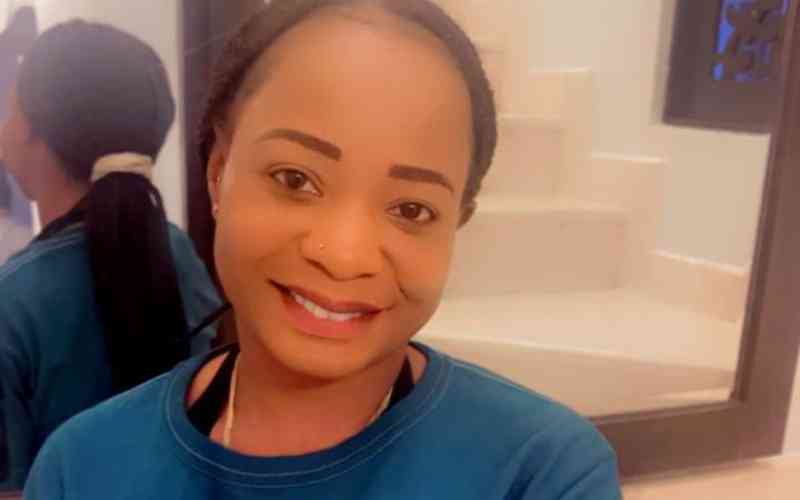Azimio La Umoja One Kenya presidential candidate Raila Odinga addressing residents of Narok at William Ole Ntimama Stadium during a political rally on May 22, 2022.[Kipsang Joseph, Standard]
×
The Standard e-Paper
Fearless, Trusted News






